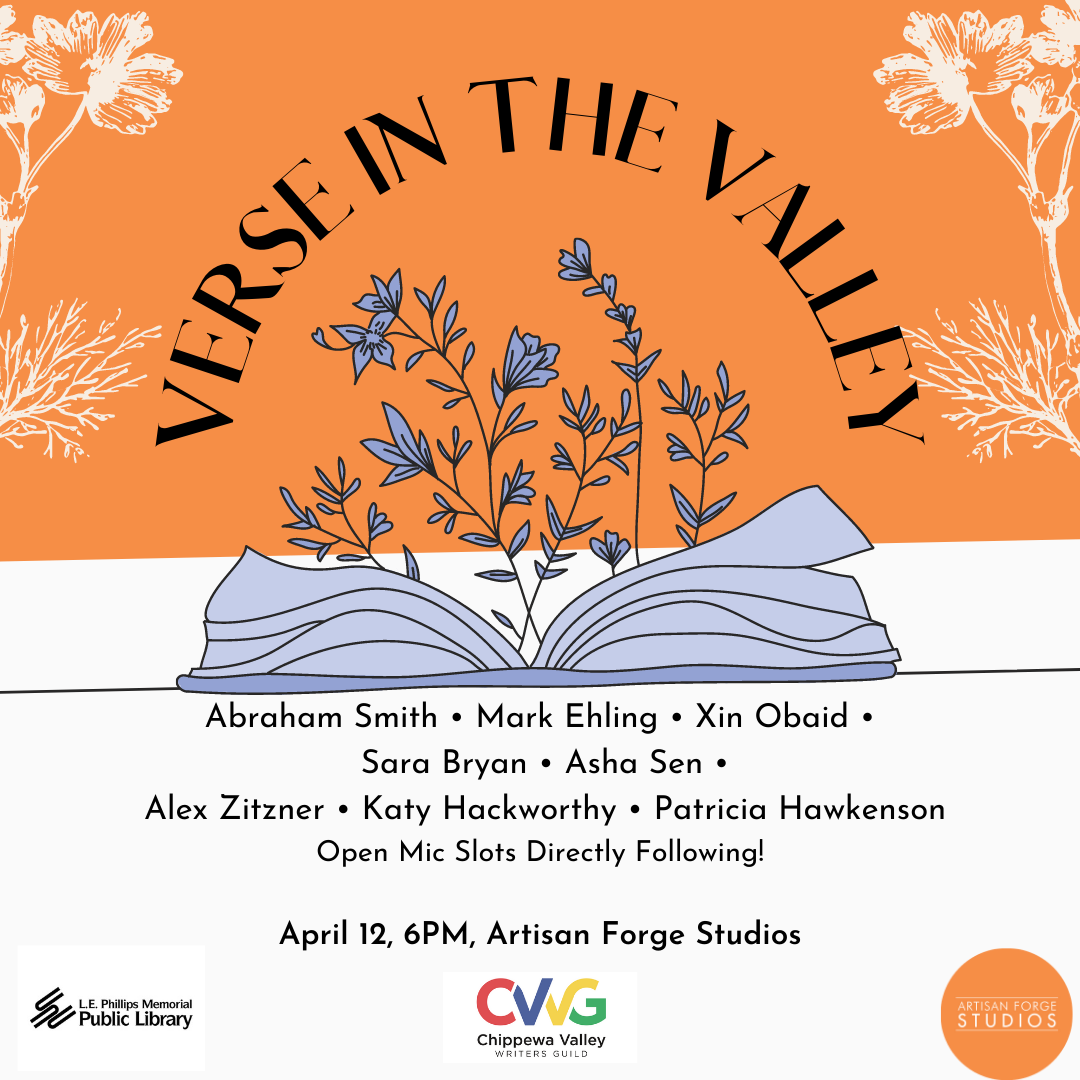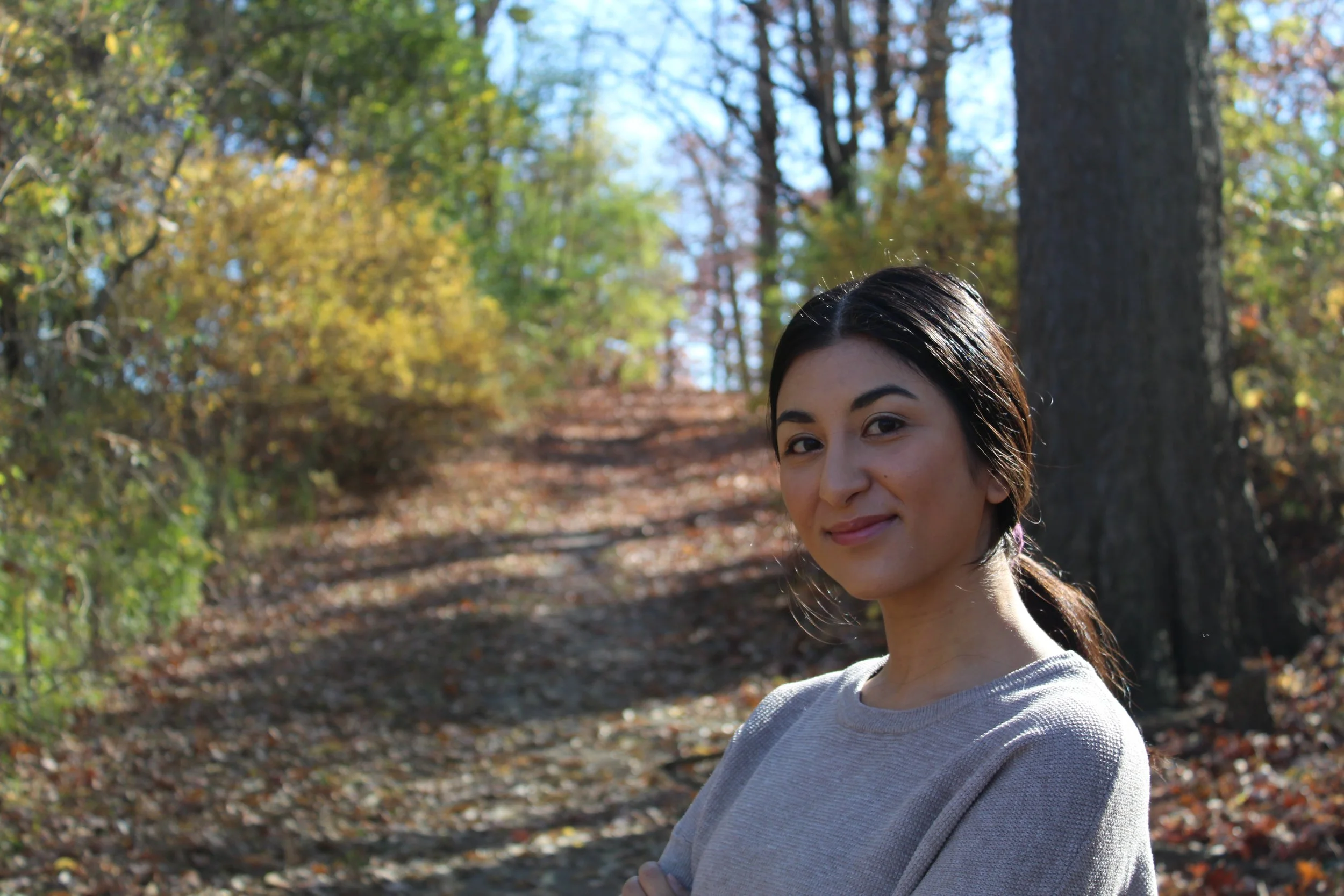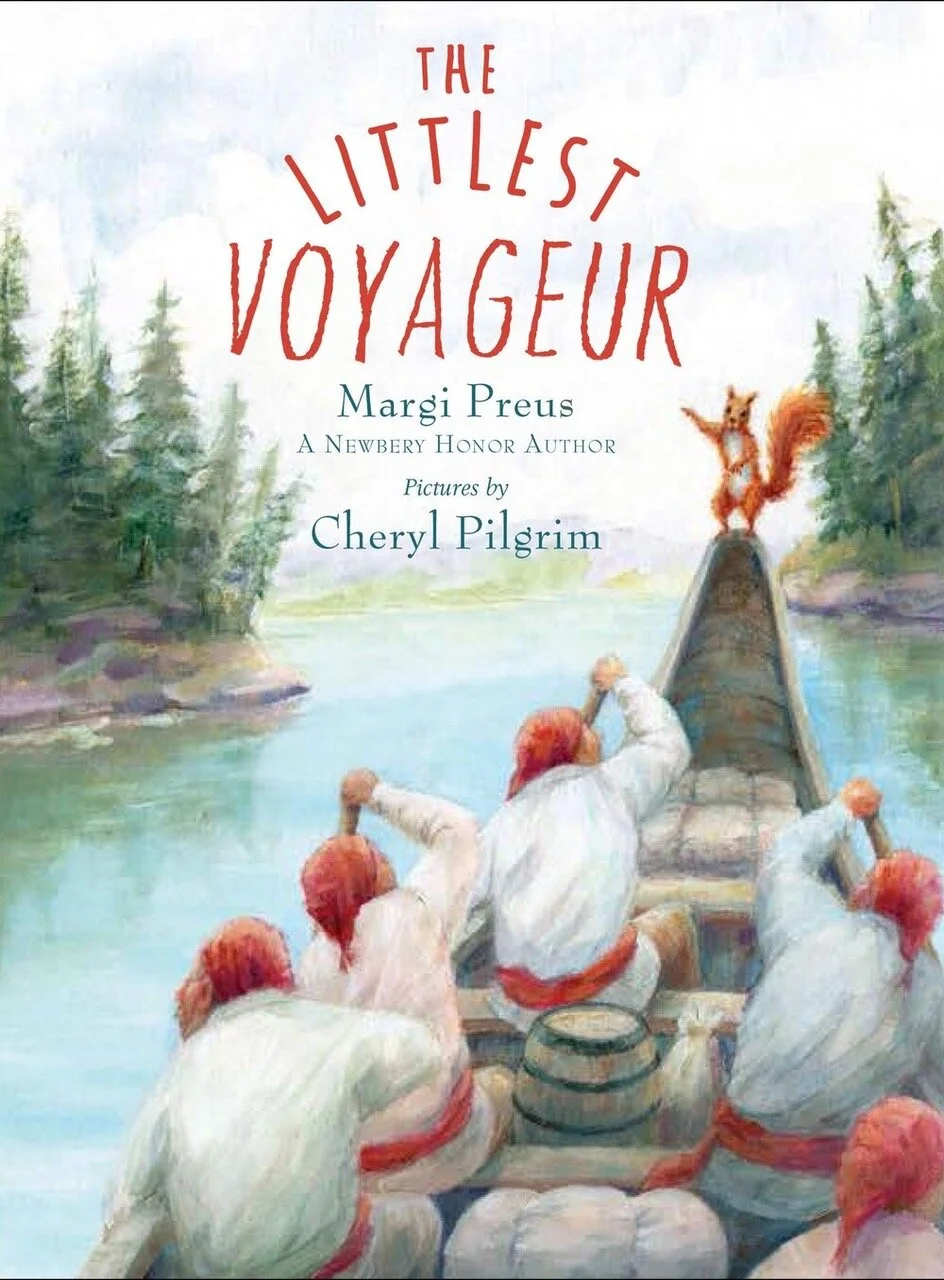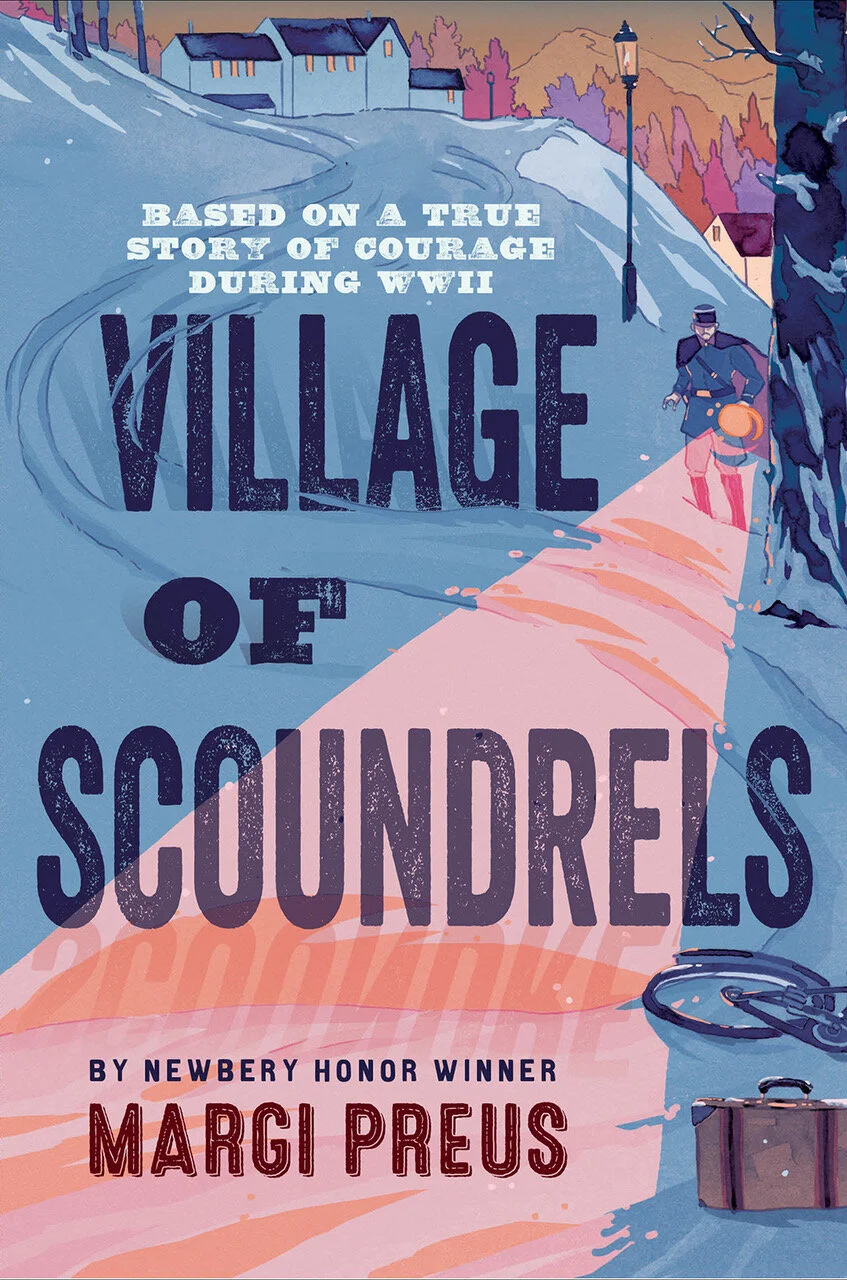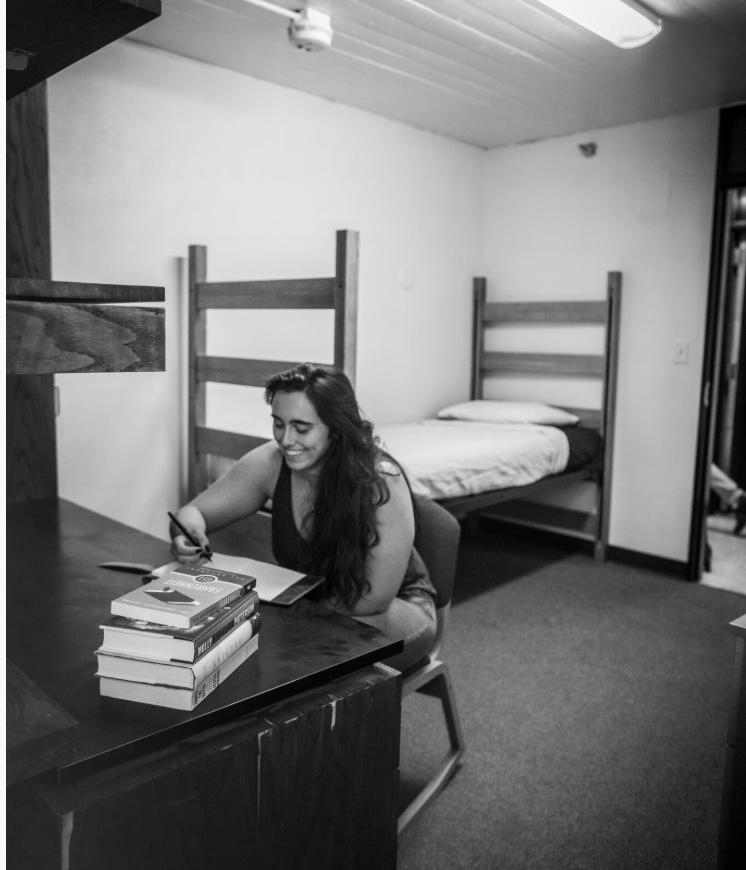by Charlotte Gutzmer
We’ve all seen the classic action movie explosion sequence: beginning with the wide-angle shot where the building detonates, blossoming into a cloud of reds, oranges, and yellows, smoke pouring into the sky. At which point the hero always, always, turns away. But such a move extends beyond the Hollywood explosions. In poet Alberto Rios’s piece “Some Extensions on the Sovereignty of Science”, he writes that “when something explodes, / Turn exactly opposite from it and see what there is to see.” Matthew Gavin Frank takes this advice to heart in his own writing, “turning away” from the subject matter in search of the more intriguing, bizarre, and extraordinary sources of inspiration—and you can, too!
Matthew Gavin Frank is the author of the nonfiction books, The Mad Feast: An Ecstatic Tour Through America’s Food, Preparing the Ghost: An Essay Concerning the Giant Squid and Its First Photographer, Pot Farm, Barolo, and Flight of the Diamond Smugglers; the poetry books, The Morrow Plots, Warranty in Zulu, and Sagittarius Agitprop, and 2 chapbooks. His heavily acclaimed work has been recognized by the New York Times, NPR, the New Yorker, The Paris Review, The Wall Street Journal, Entertainment Weekly, and more. On July 27th, join him in his CVWG craft talk: “Turning Away from the Explosion, Or, the Power of Free Association in the Lyric Essay”.
I had the pleasure of chatting with Matthew Gavin Frank about his captivating books, about the new writing form of the lyric essay, and about his upcoming craft talk. Read on to learn all about creating balance in your writing and how the most fascinating stories can be found by turning away from the main subject.
Charlotte Gutzmer: In the description of your upcoming craft talk, you pose the question: “By ‘turning away’ from the subject matter with which we most urgently want to engage, are we able to capture our subject’s emotive power even more poignantly?” What are some of the advantages of approaching stories from these unexpected ways, and what can turning away from the main idea reveal?
Matthew Gavin Frank: Many of my favorite essays are struggling toward something, not presuming certainty. In the essay, often, a presumption of certainty can seem boring. And aggressive. And false. Certainty often obscures a kind of truth, rather than illuminates it. The act of “turning away from the explosion,” not only signifies that a writer is grappling—desperately and urgently—to make sense of often intense personal experience, but also signifies that the writer is interested in journeying toward that elusive sense by attempting to situate their own personal experience or obsession within a larger socio-cultural, natural, and/or historical context, in order to discover or revise or uncover meaning in personal experience. It’s like forcing ourselves to glimpse the stars only via our peripheral vision, by which, of course, they appear the brightest to us.
CG: Your nonfiction writing revolves around fascinating and extraordinary topics such as diamond-smuggling carrier pigeons and giant squids; where do you find the inspiration to write on these topics, and what kinds of stories are you generally drawn towards?
MGF: Hmm, I’m not entirely sure. I think I’m pretty scattershot with regard to my obsessions, and I’m easily obsessed. I have a decent capacity for surprise, oftentimes to a fault. The giant squid book (Preparing the Ghost) began in the Smithsonian National Museum of Natural History when I saw the first-ever photograph of the giant squid (taken by Reverend Moses Harvey in St. John’s, Newfoundland in 1874; the image that rescued the beast from the realm of mythology and finally proved its existence; the one in which the carcass is draped over Harvey’s bathtub curtain rod in order to showcase its full size). I desperately wanted to uncover the backstory behind the taking of the photograph, and of course, I became curious about the squid itself, and the ways in which we’ve variously engaged it over the years. I wanted to know what the giant squid, and our reactions to it, could tell us about ourselves. I became compelled by Harvey’s compulsions, and the sacrifices he had to make in order to chase them toward some nebulous end. And so, I lit out for Newfoundland to investigate further, to see what I could find out.
The pigeon book (Flight of the Diamond Smugglers) began when I was visiting the Diamond Coast of South Africa, chatting deep into the night in a bar with a former diamond diver, over lots and lots of brandy. He told me about the ways in which workers would sometimes use trained homing pigeons to smuggle diamonds out of the mines, and that if pigeons are overloaded with too much weight, they can lose their natural GPS, and begin landing at random. This happened along coastal South Africa—diamond-bearing pigeons dropping from the sky onto the local beaches. I couldn’t get that image out of my head. A rain of birds, burdened with gems. It was that image that eventually led me to investigate further.
In answering this question, I’m starting to wonder how the act of traveling impacts my openness to potential subject matter, as if my nerve endings are more exposed and aroused when away from home. Traveling seems to intensify my penchant for self-reflection and self-pity, for loneliness, for the shoehorning of my own life into some larger socio-cultural context. And all of these actions and desires— while traveling especially, and snapped out of my comfort zone— are likely misguided and obsessed with all the wrong beautiful things, and thereby terribly, heartbreakingly human. And worth shuffling through on the page, via multiple drafts of course. I don’t know. This is a really long answer.
CG: As an acclaimed author of both nonfiction and poetry, how do you combine these distinct elements into what is known as the “lyric essay”?
MGF: In the past, there was a real disconnect for me between the process of writing a poem, and the process of writing prose. Not so much anymore. As with the writing of poetry, much of the energy that fuels the writing of my essays is derived from the attempt to find the perfect ingredients necessary to bridge seemingly dissimilar bits of subject matter. It’s wonderful: as writers, we have the power to manipulate connections between just about anything, no matter how seemingly dissimilar. It just takes research, contemplation, imaginative alchemy, and the P.I.-style investigation to uncover that perfect “bridge” ingredient.
CG: What are some of the greatest rewards and challenges of being a lyric essayist?
MGF: Sometimes, the essay needs to call out and re-examine our cultural narratives (and their desire to simplify the world for us) as illusory. To call attention to the mess. To restore a false simplicity to its innate complexity. To agitate our readers’ expectations rather than to confirm them (as well as our own). I suppose there’s both reward and challenge in forsaking easy, comforting answers, and instead embracing mystery. Sometimes I have trouble separating these lines of thinking from the processes of writing and just plain general living.
CG: How can a writer strike a balance between the “explosion” that is their subject matter and the associative subject matter that adds depth to their craft?
MGF: I’m not so sure that balance should be the goal here, but rather a carefully curated imbalance, maybe. A symphonic, perhaps dissonant, kind of shuffling of the various bits of subject matter, which can sometimes be engaged via formal leaps (a braided essay, a segmented essay, an essay in the form of a syllabus, or in the form of an invented mathematical theorem, or in the form of series of love letters to multiple recipients across time and region and species, or in the form of a narrative map…).
So, I’m not sure about balance. I’m chronically imbalanced on the page, especially when drafting! I just try to keep moving forward. I used to think that there was something wrong with this, and I kept grappling toward some semblance of balance (whatever that means), until I read this article by another writer (though I can’t recall who it is), about how such imbalance can be a good thing; how it can be electric and inspirational, and how that it’s precisely this sort of off-kilter and anxious state that oftentimes yields urgent and exciting work. I really wish I could remember who wrote that article. I’m sure if I was better balanced, my memory would be better as well! And during the pandemic, I’ve learned to be gentler and more generous with myself and others, and not to fret too terribly over ephemeral and elusive and ever-malleable things like “balance.” I’m not always successful at such ventures, but I’m trying.
CG: While your craft talk will focus on “the power of association as an entry point into the lyric essay”, can these ideas still be incorporated into other writing forms and creative mediums?
MGF: Oh, of course. Such ideas can be mapped over and onto just about any art form and medium, sure, but also onto any real aspect of navigating this life. Going for a walk, watching birds, listening to the frogs, talking to the coupling dragonflies… Being associative in this way is innate, isn’t it? I mean: how to navigate all these stimuli?! Maybe it’s a matter of trusting in said associations and inflaming them, interrogating them, bringing them to the fore—being led around by the forces of whimsy and wonder.
So what are you waiting for? Register today for Matthew Gavin Frank’s craft talk to learn all about how you, too, can turn away from the explosion and bring the inspiration of lyric essays into your craft.

